The power of visual expression in activism cannot be underestimated. For decades, graphic tees have played a crucial role in social movements, providing a wearable canvas for individuals to express their beliefs and advocate for change. In this article, we will explore the history and impact of graphic tees in the LGBTQ rights movement, examining their role in Pride events, protests, and community building.
The Birth of LGBTQ Graphic Tees
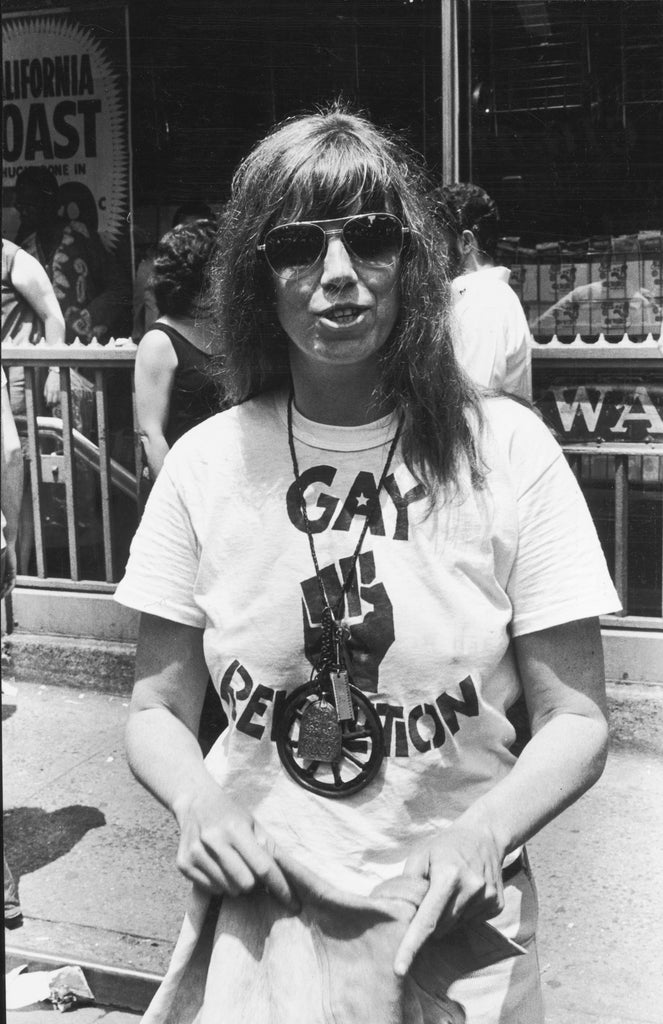
The use of graphic tees as a form of activism in the LGBTQ community can be traced back to the 1970s, a period marked by significant milestones such as the Stonewall Riots and the first-ever Pride parades. Early designs often featured slogans like "Gay Power" and "Gay Liberation," reflecting the growing demand for equal rights and social acceptance. These pioneering designs helped establish graphic tees as a powerful tool for self-expression and advocacy within the LGBTQ community.
Graphic Tees in Pride Parades
Pride parades have been a vital platform for the LGBTQ community to celebrate their identities and advocate for change. Graphic tees have played a significant role in these events, allowing participants to showcase their support for the movement while promoting visibility. Over the years, Pride-themed graphic tees have evolved to include a wide range of designs, such as rainbows, flags representing various LGBTQ+ identities, and empowering messages of love and equality.
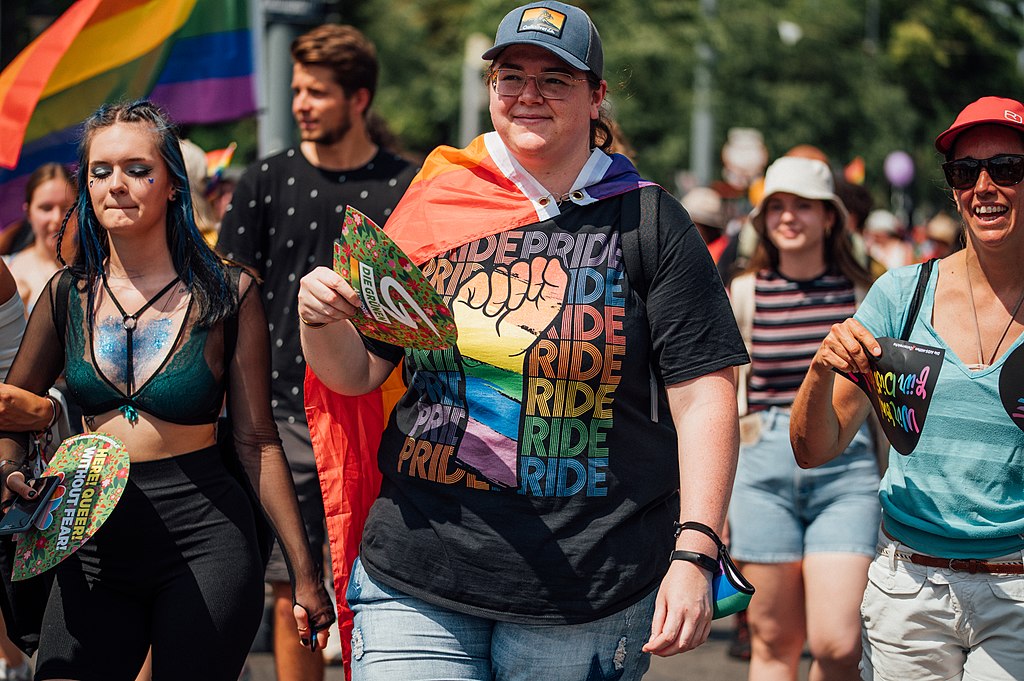
Protest and Resistance
Throughout history, graphic tees have been used as a medium for political messaging in various protests and demonstrations. Key events in LGBTQ history, such as the AIDS crisis and the fight for marriage equality, saw the community come together, wearing graphic tees with slogans like "Silence = Death" and "Love Wins." These tees served as a visual reminder of the pressing issues at hand and helped galvanize public support for LGBTQ rights.
Supporting LGBTQ Organizations and Causes
Graphic tees have also become a popular fundraising tool for nonprofit organizations working to advance LGBTQ rights and provide support to the community. The sales of these tees help raise much-needed funds while also raising awareness for specific causes. Additionally, collaborations between LGBTQ organizations and artists have resulted in unique, limited-edition designs that attract both collectors and supporters alike.
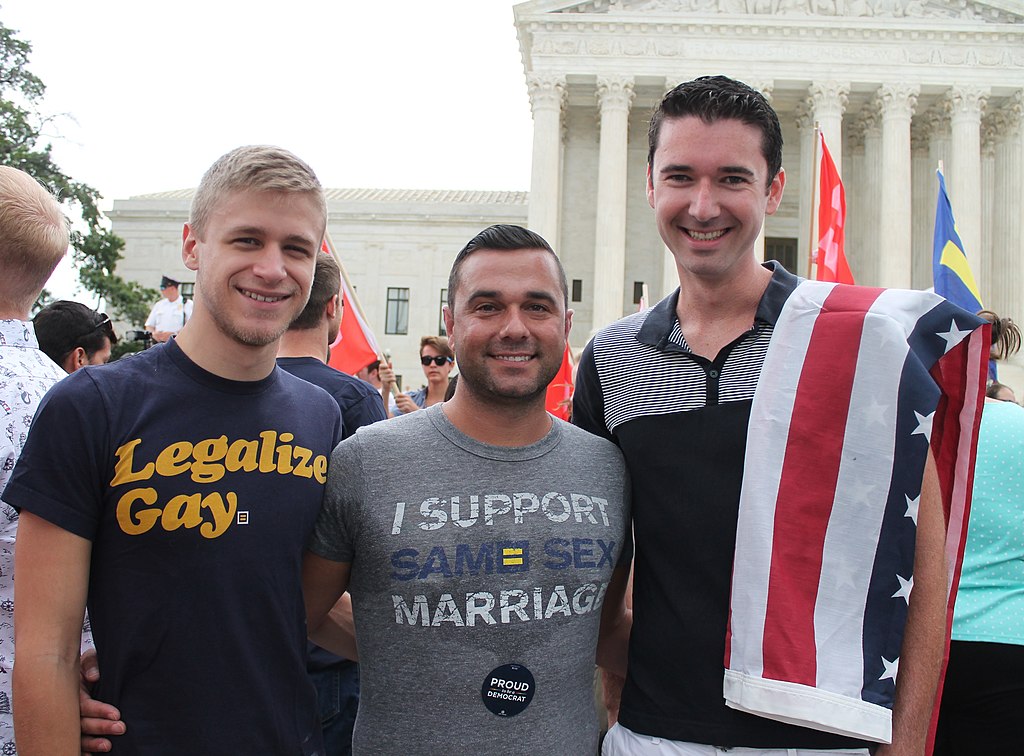
Community Building and Solidarity
Beyond their role in activism, graphic tees have also played a part in fostering a sense of unity and belonging within the LGBTQ community. Inclusive and intersectional designs help to promote solidarity by celebrating the diversity of experiences and identities within the community. Moreover, wearing these tees serves as a visible sign of support for others who may be struggling with acceptance or discrimination.
The Role of Social Media in Amplifying Activism
The rise of social media has significantly amplified the reach and impact of graphic tee activism. Platforms like Instagram, Twitter, and Facebook have allowed individuals to share their support for LGBTQ causes by posting images of themselves wearing statement tees. These posts not only raise awareness but also inspire others to join the movement and express their support through fashion.
Challenges and Critiques
Despite their many benefits, the use of graphic tees in activism is not without its challenges and critiques. Some argue that the commercialization of LGBTQ activism through fashion can dilute the original message and create a superficial form of engagement. Others express concerns about the appropriation of LGBTQ symbols and slogans by individuals or companies that may not genuinely support the cause. To address these concerns, it is important for consumers to remain informed and discerning about the products they purchase and the companies they support.
Conclusion
The enduring impact and significance of graphic tees in LGBTQ activism cannot be overstated. With their striking designs and potent messages, they have consistently offered a means for self-expression, advocacy, and solidarity within the community. As society continues to evolve and the fight for LGBTQ rights presses on, graphic tees will undoubtedly remain an essential tool for promoting visibility, fostering unity, and inspiring meaningful change. By staying informed and supporting authentic, inclusive designs, we can ensure that the powerful legacy of LGBTQ graphic tees endures for generations to come.


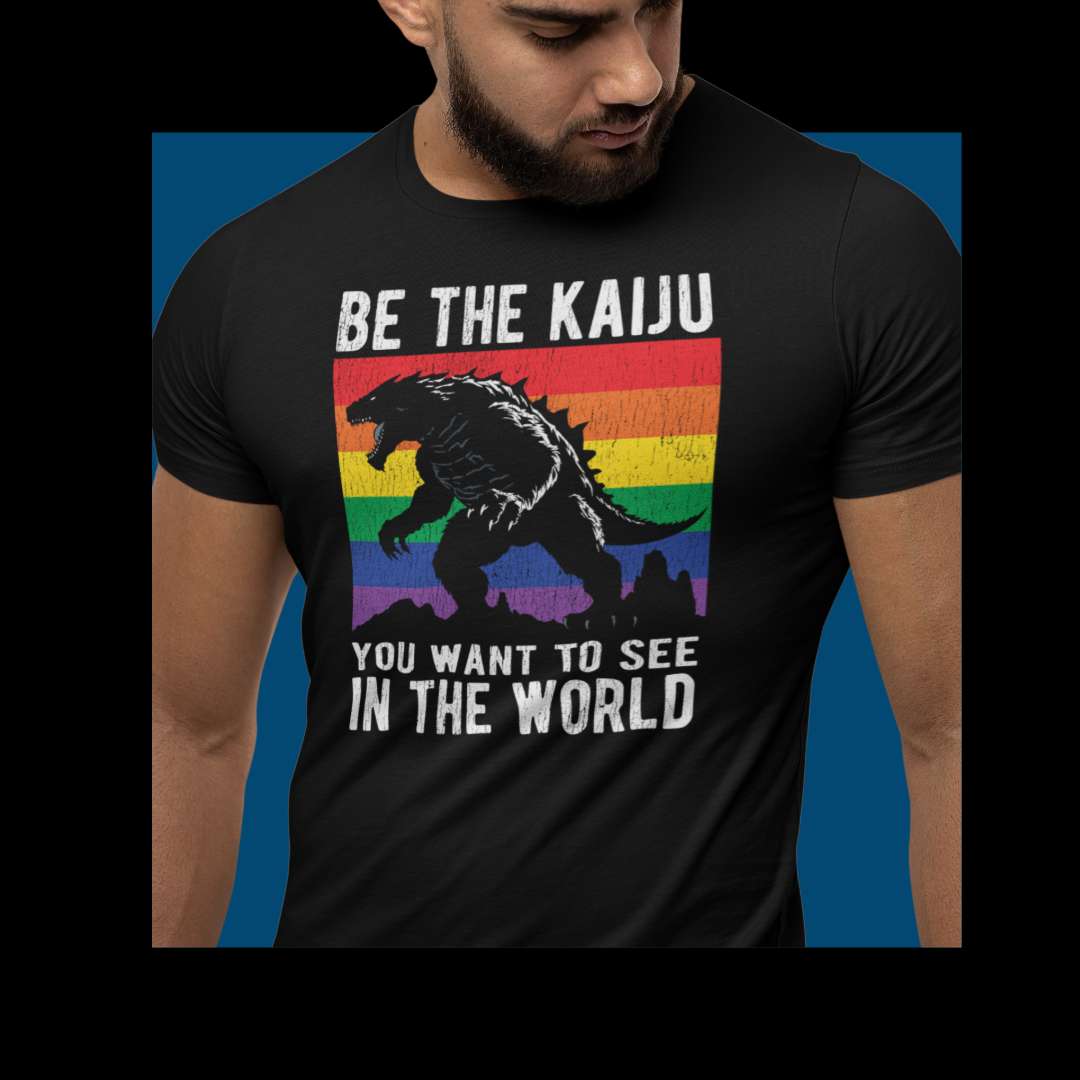
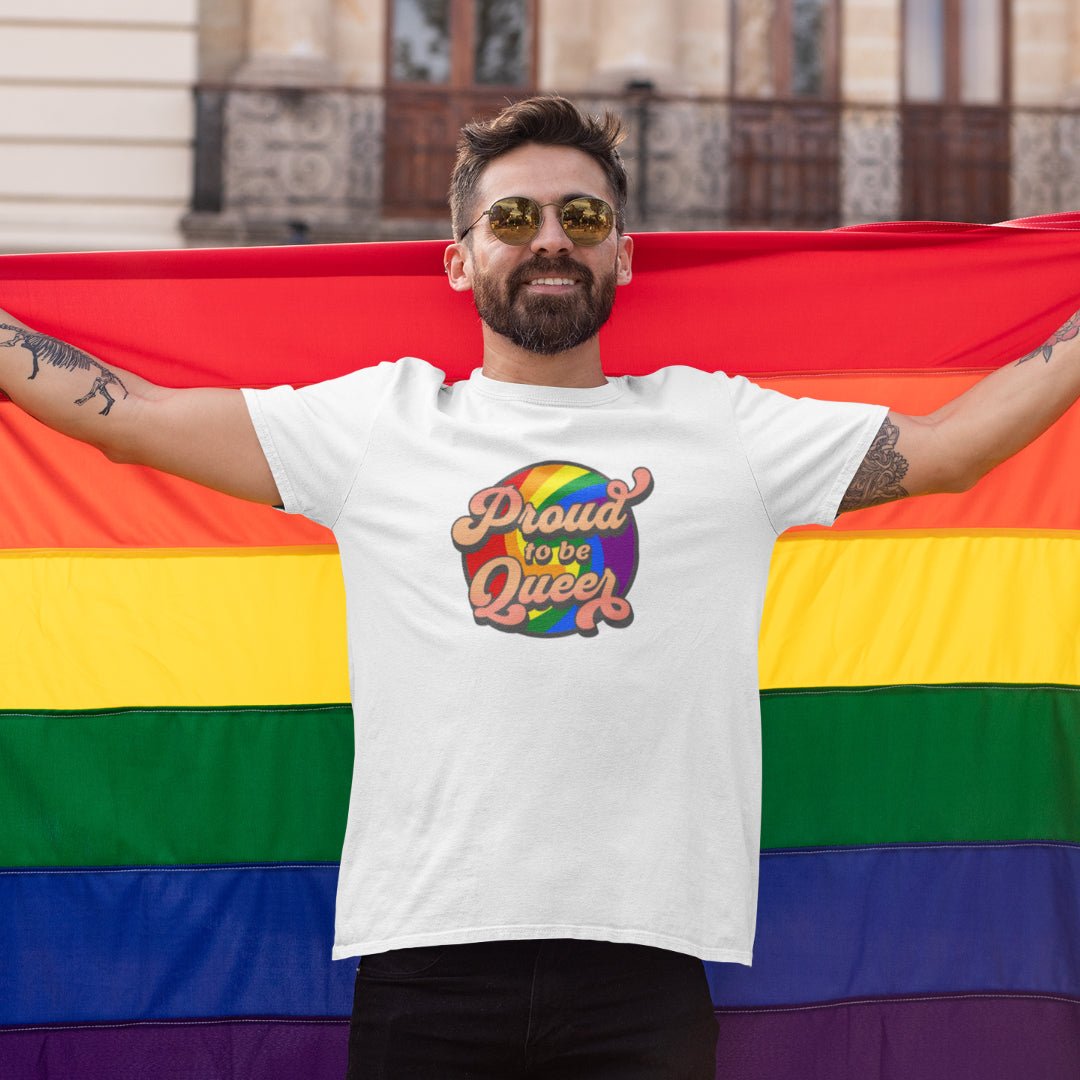

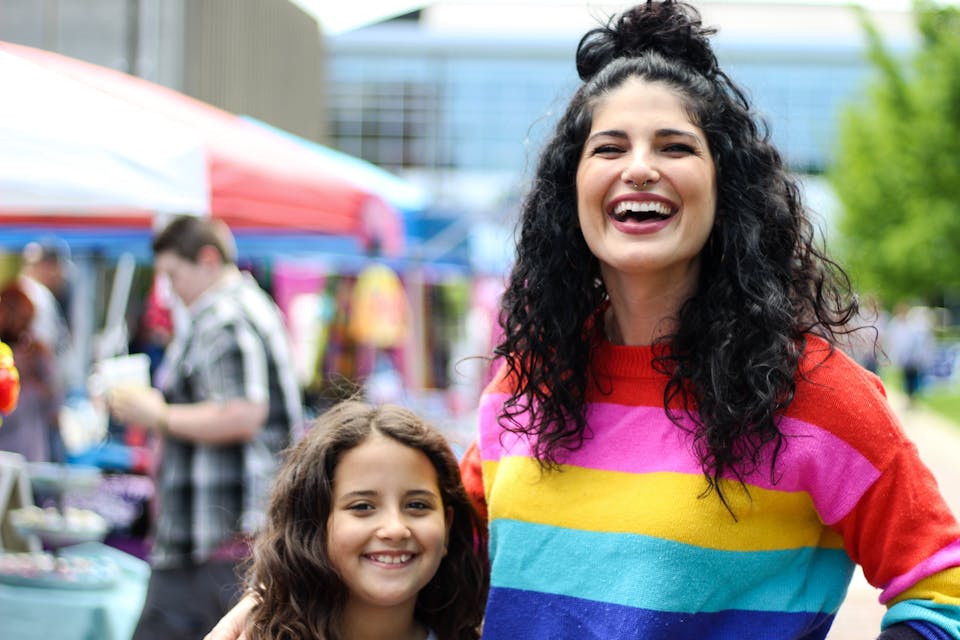
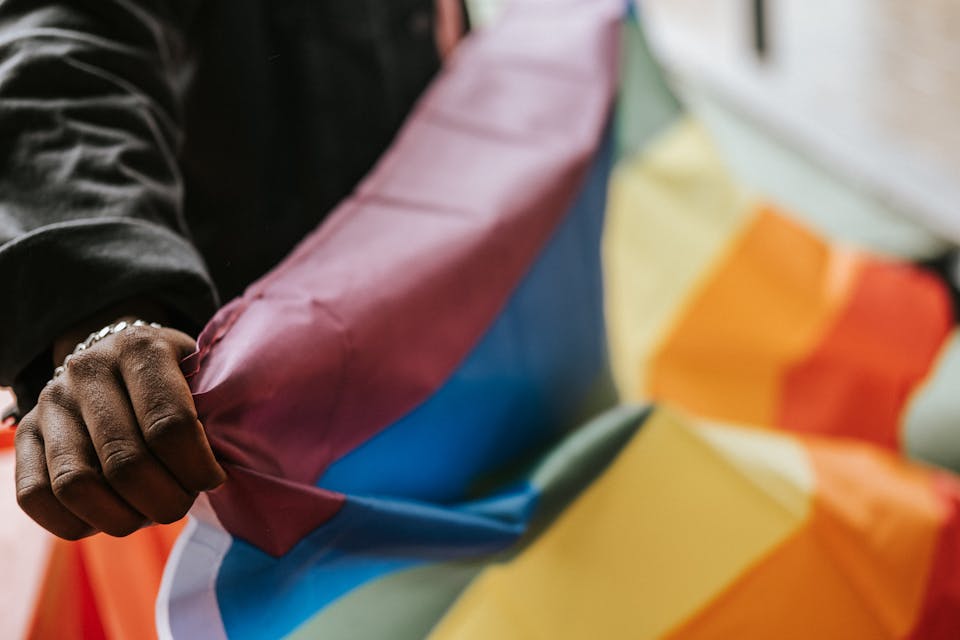
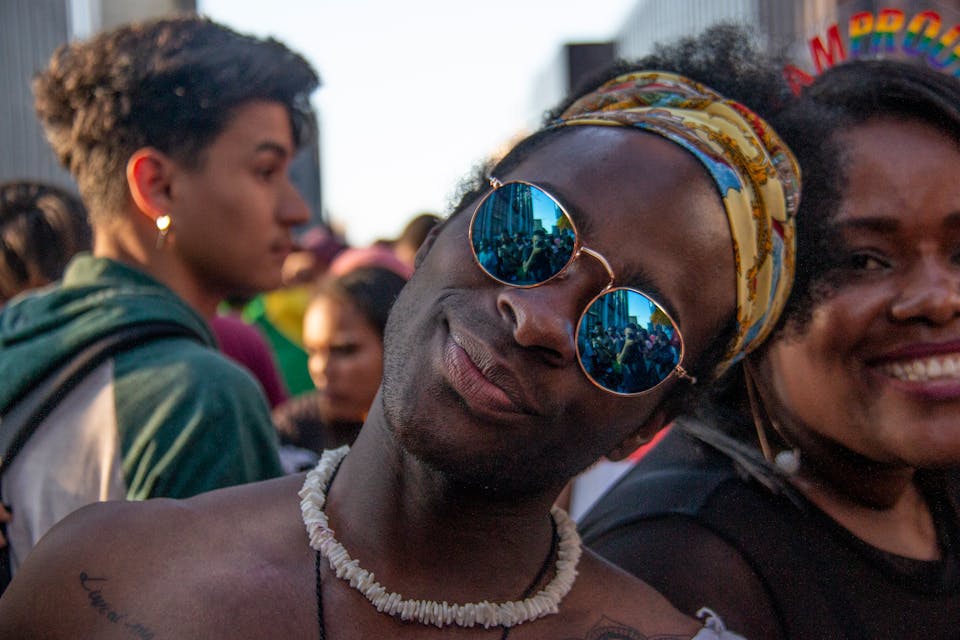
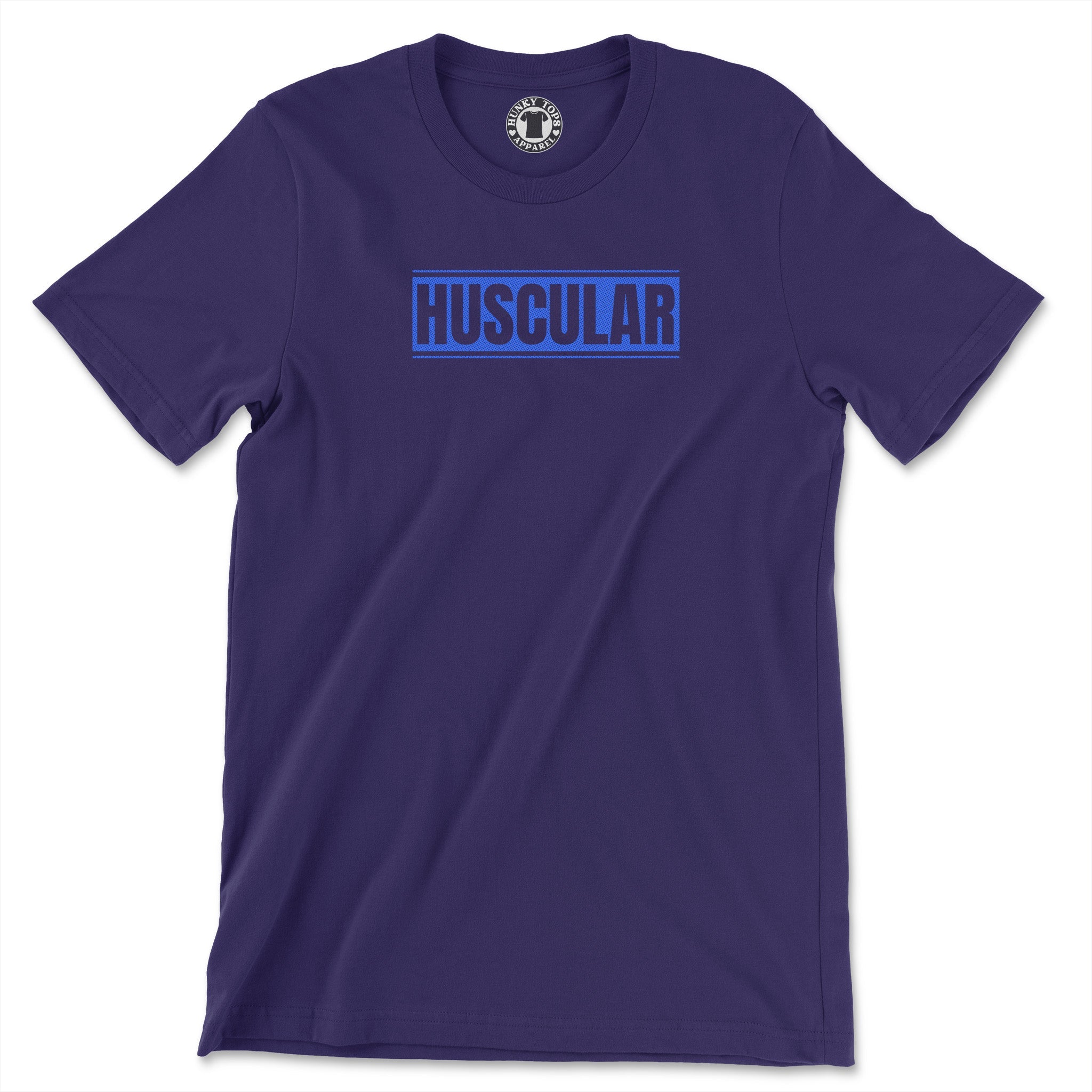
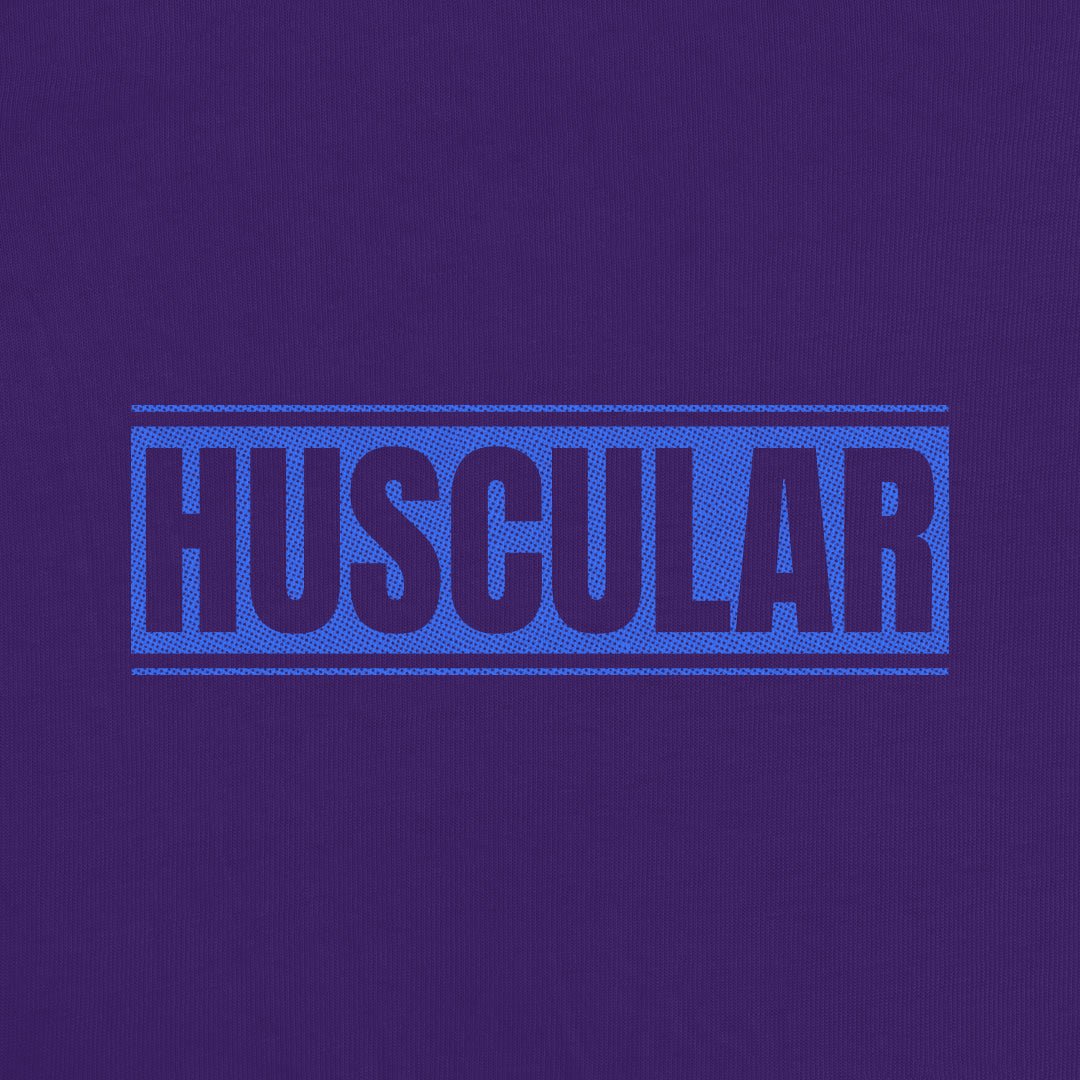
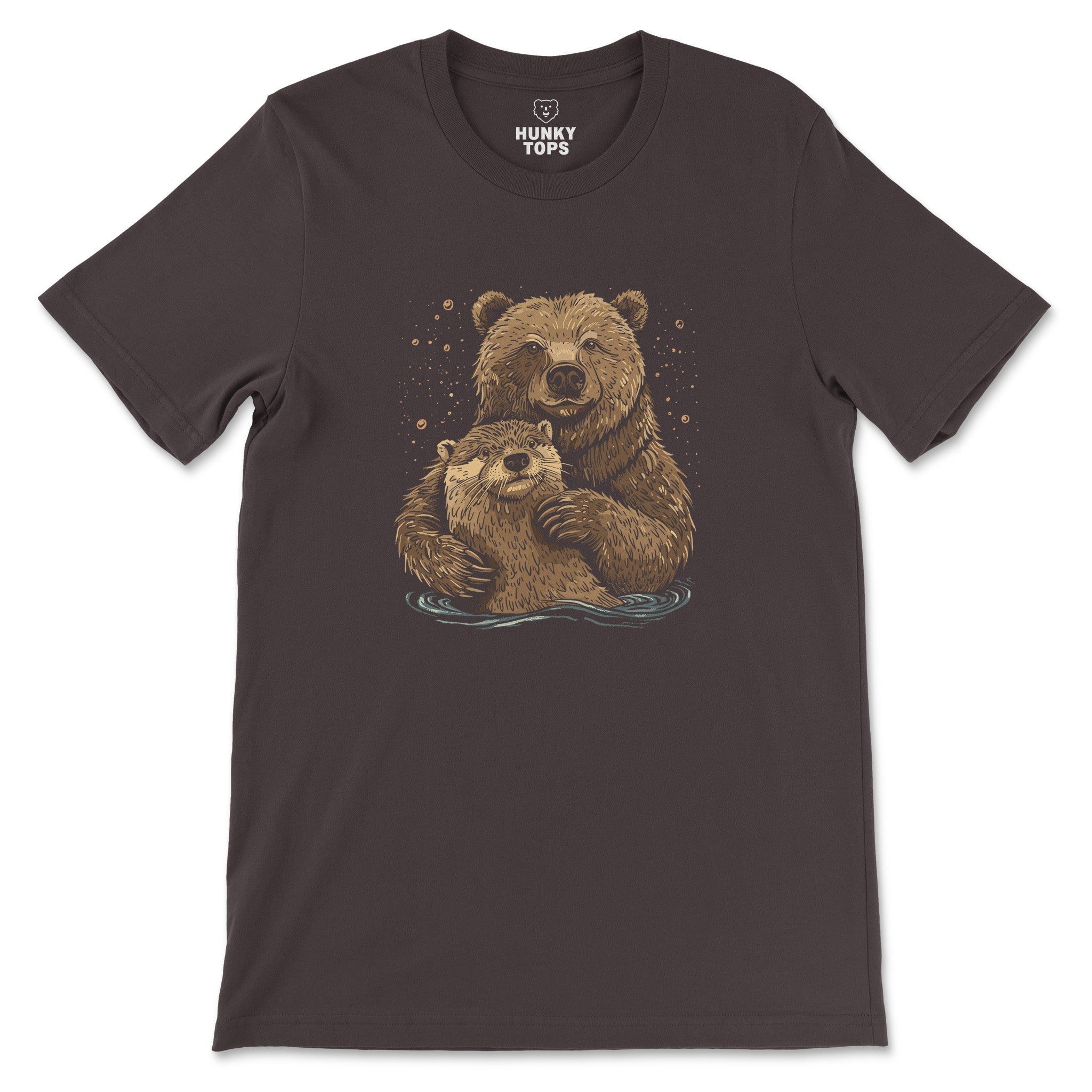

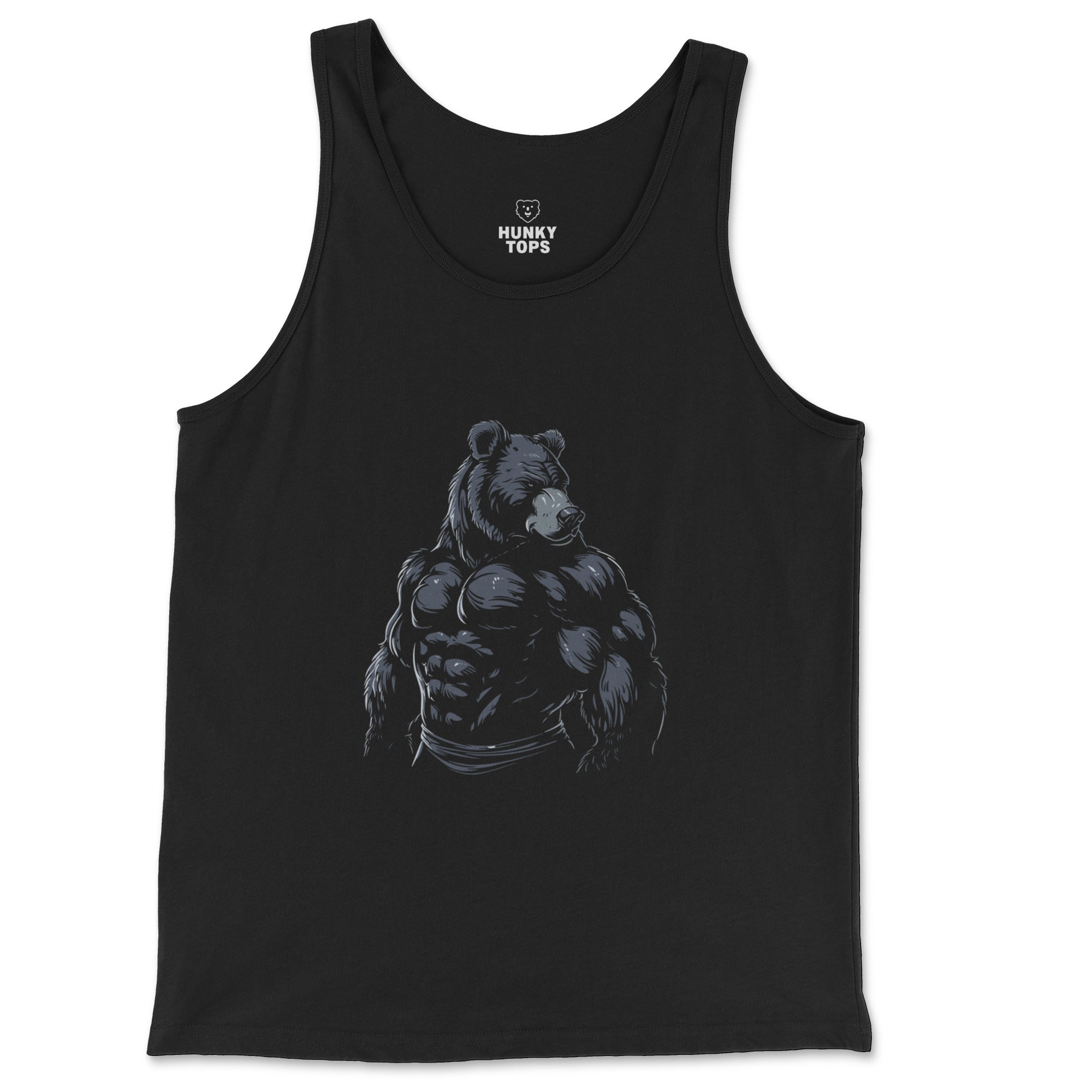

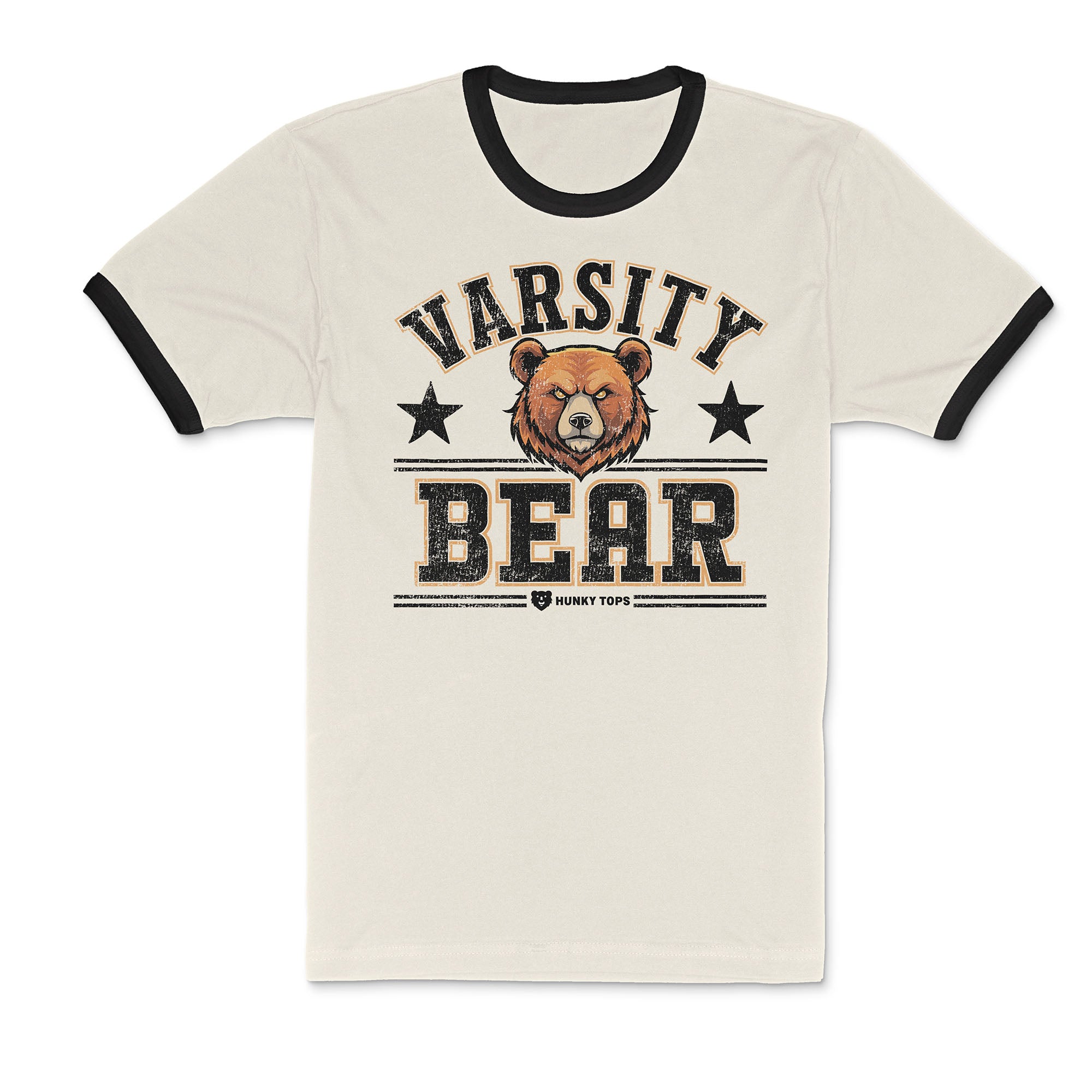
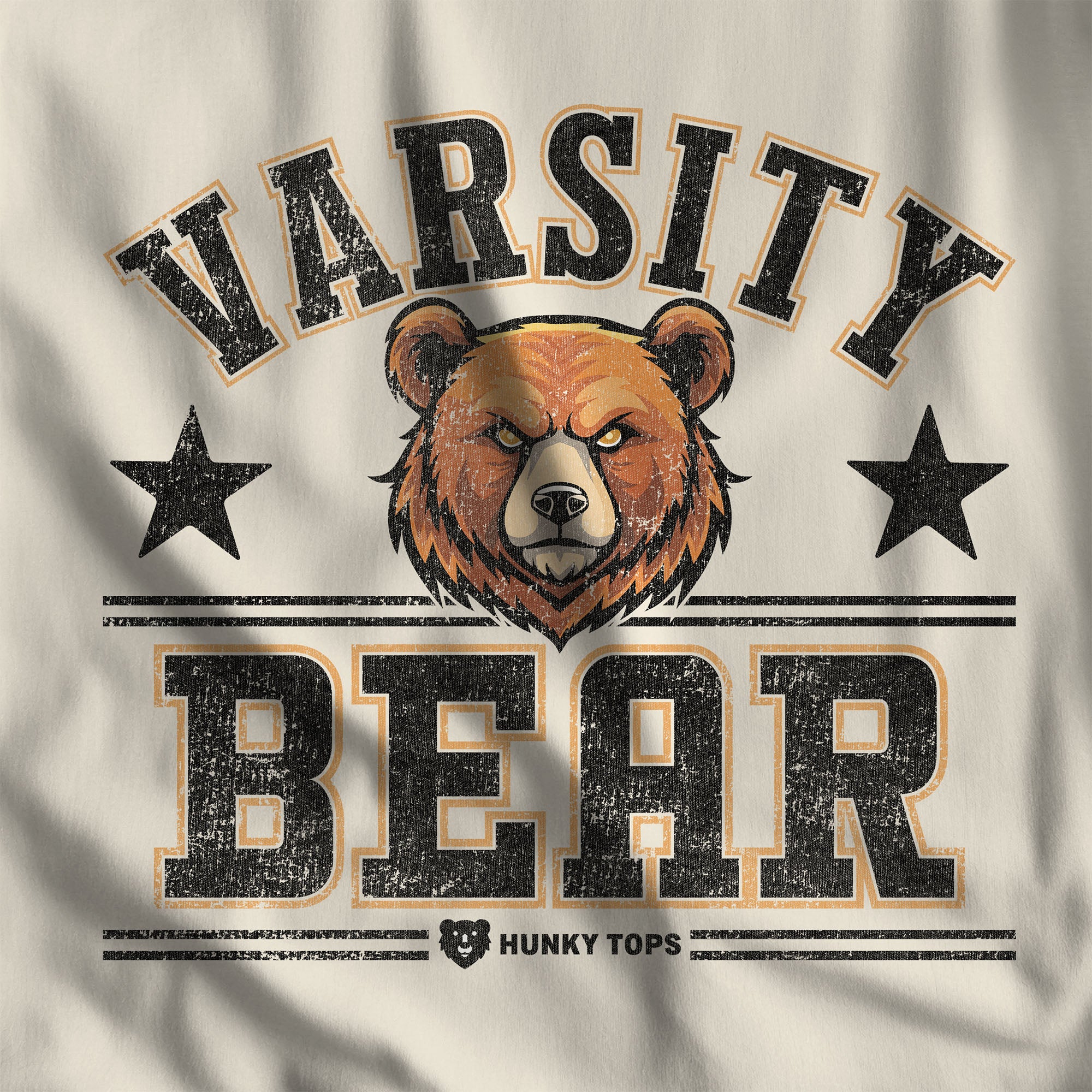
Leave a comment
This site is protected by hCaptcha and the hCaptcha Privacy Policy and Terms of Service apply.